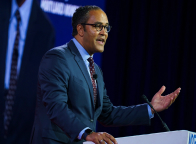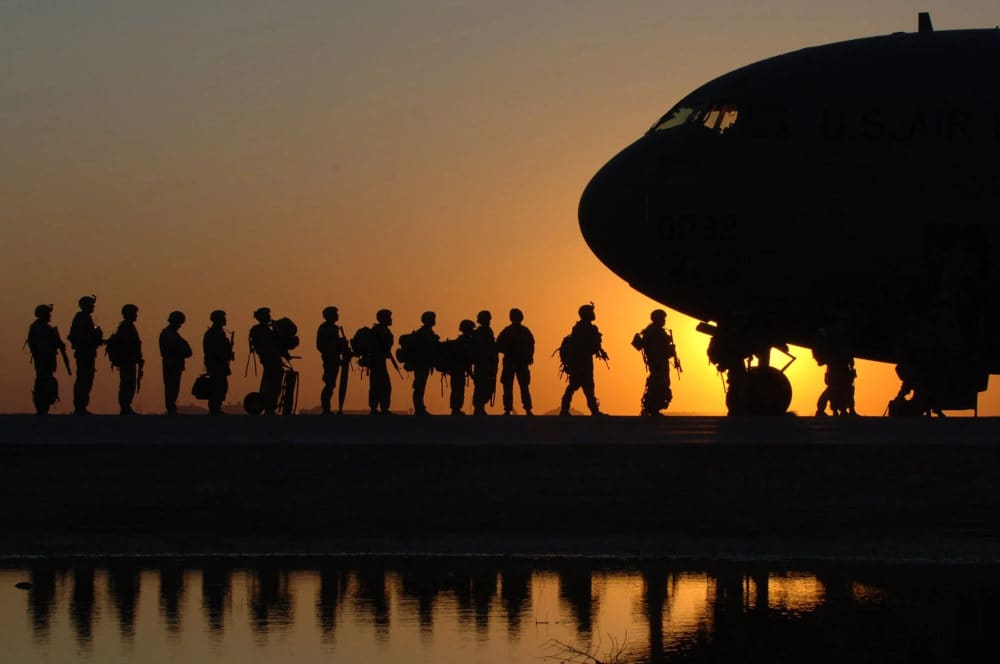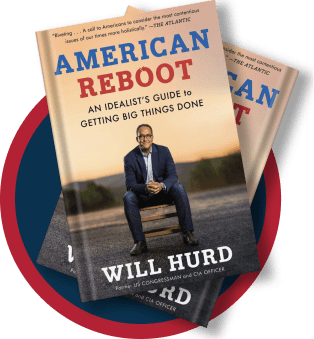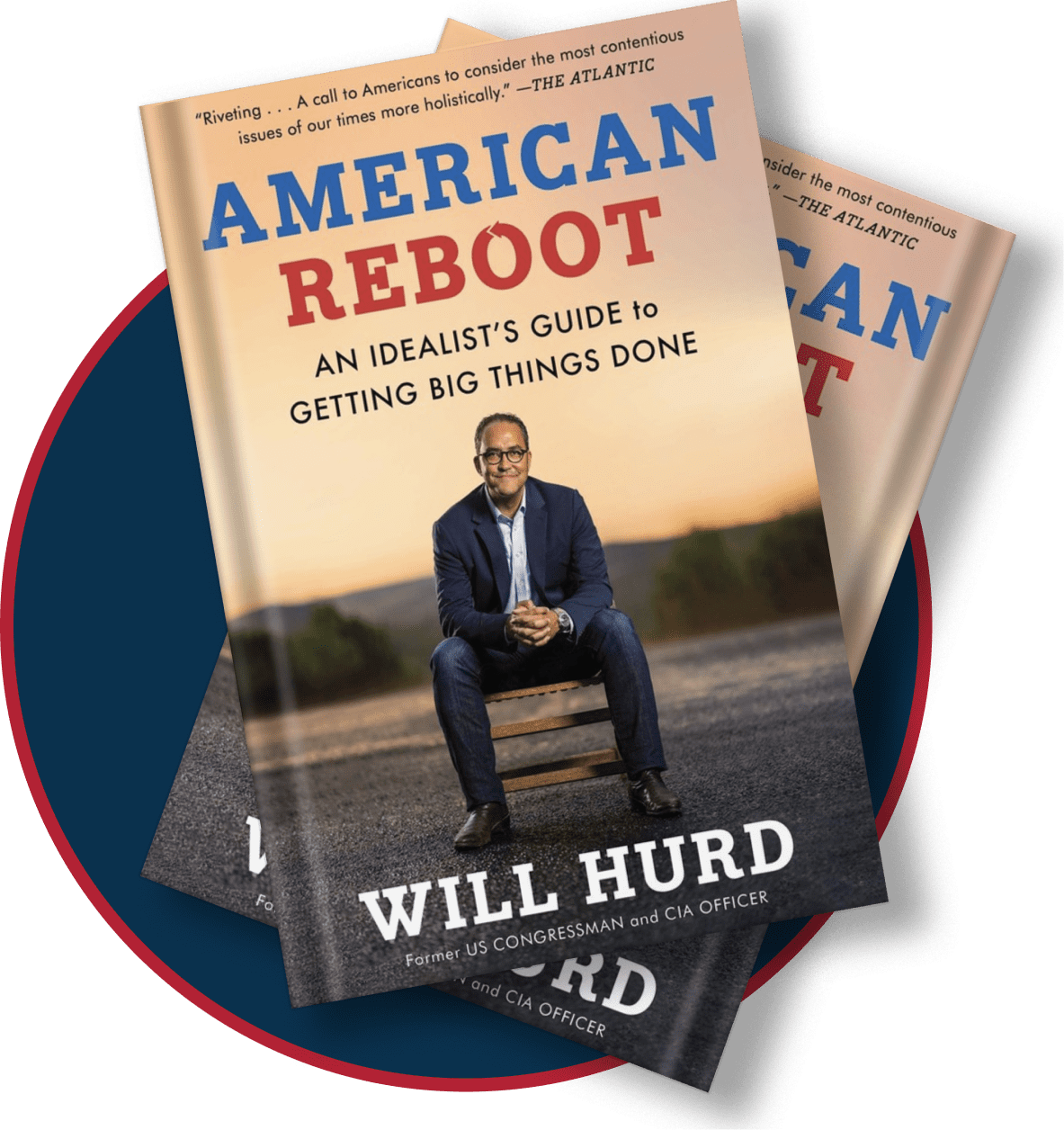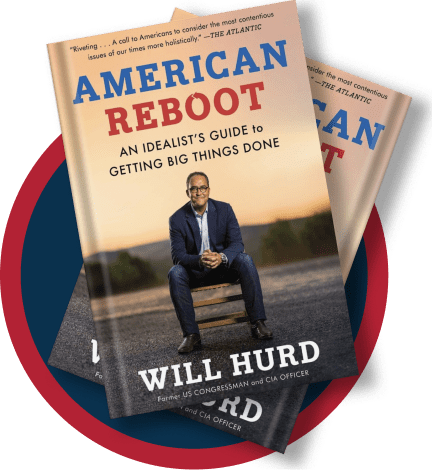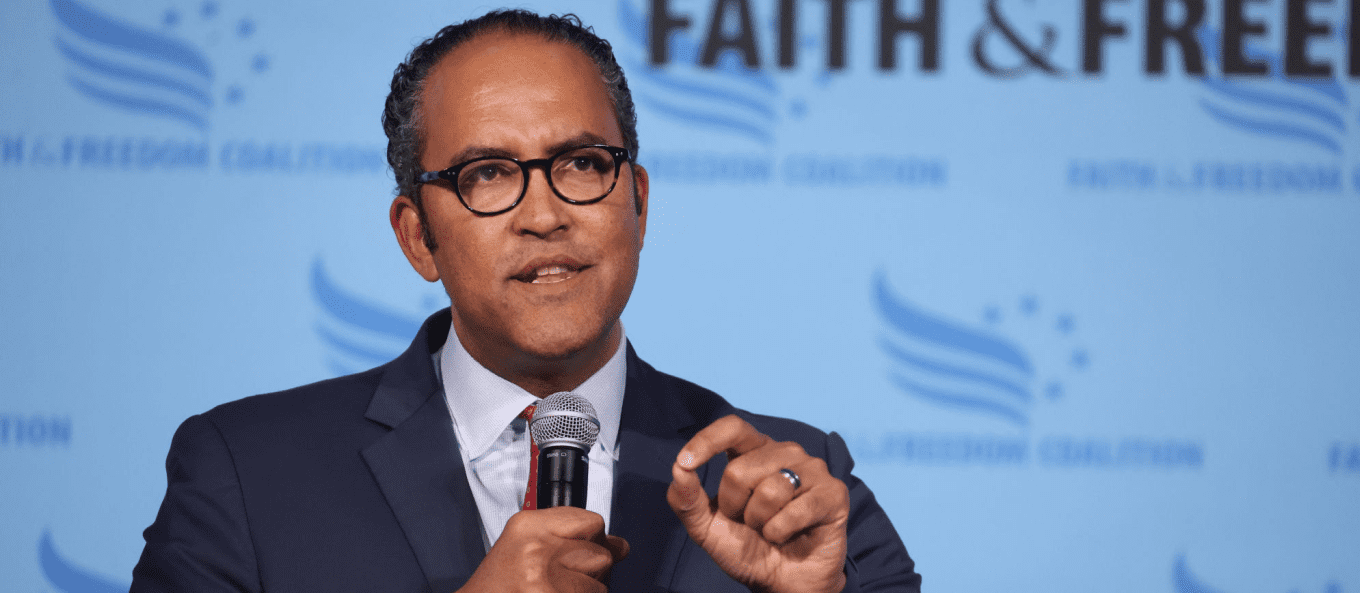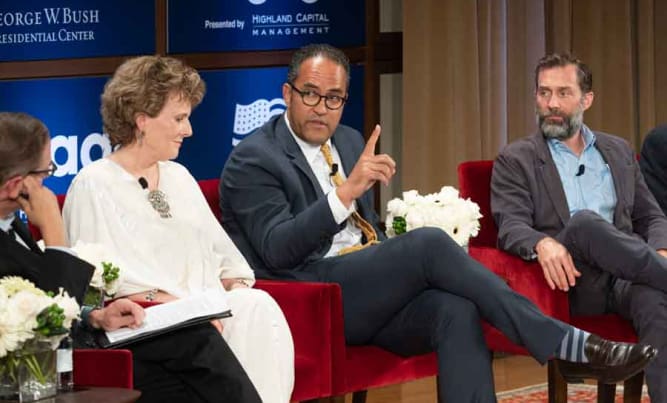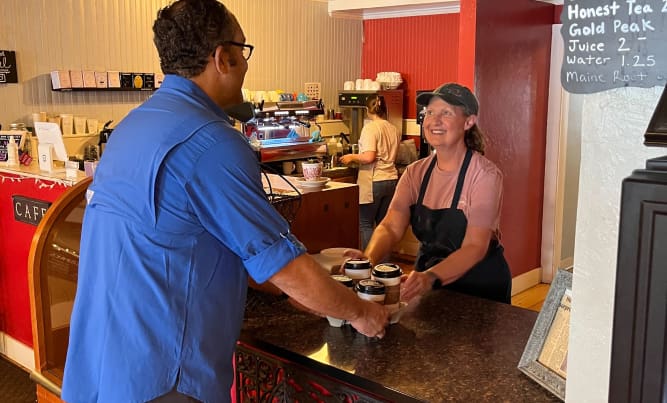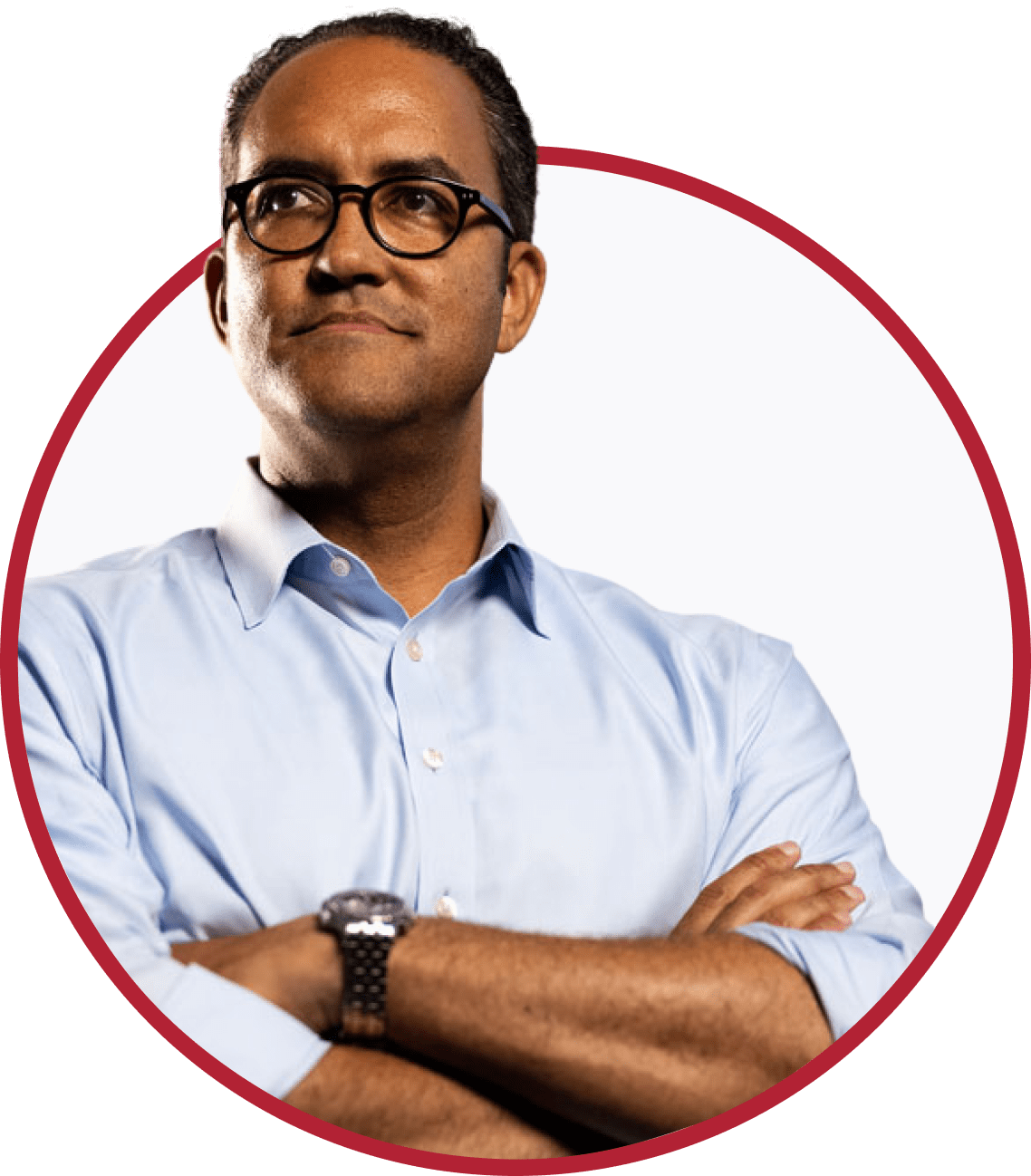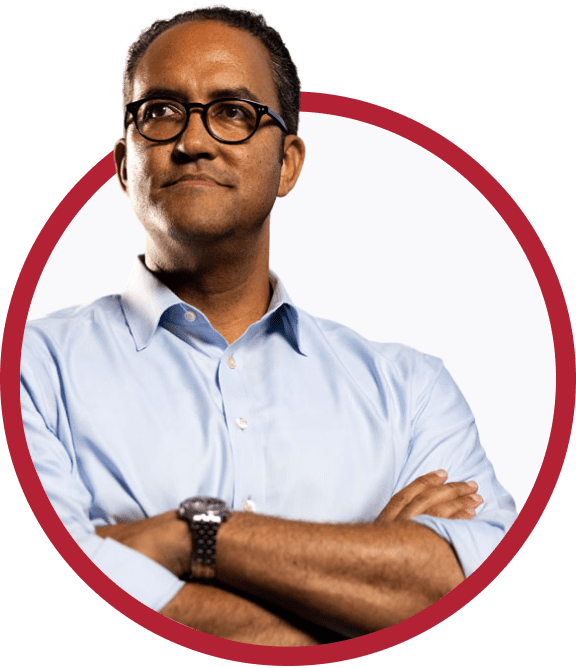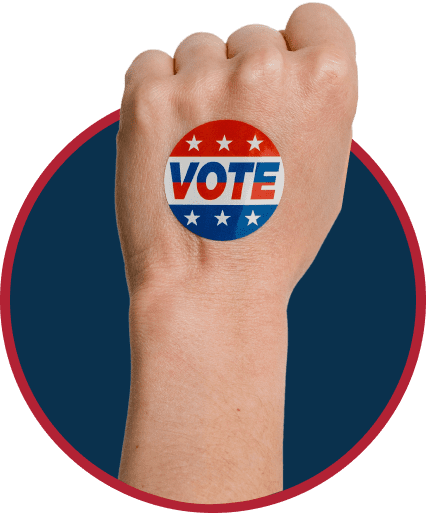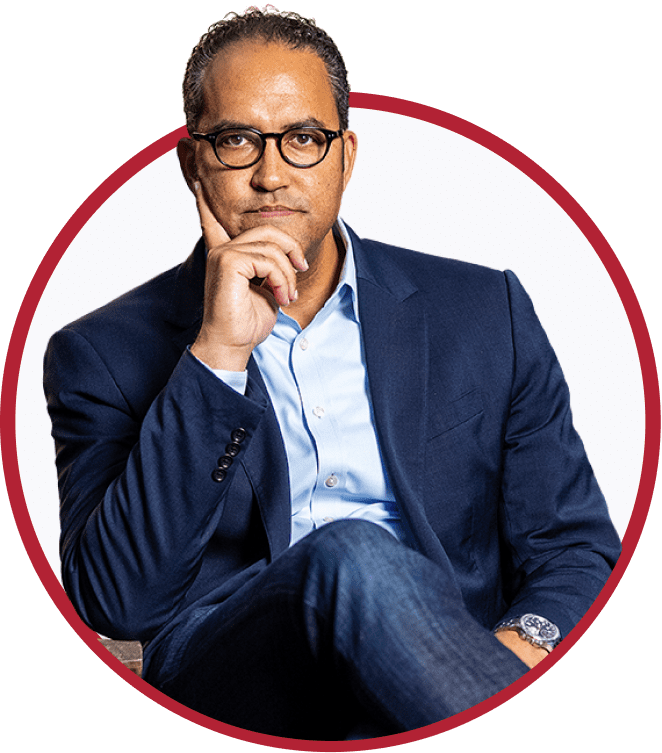According to the U.S. Department of Veterans Affairs there are about nineteen million American veterans, representing between six and seven percent of the entire population. They range in age from 112-year-old, World War II veteran Mr. Lawrence Brooks to the almost ten thousand young men and women who aren’t even twenty years old yet.
Having served shoulder-to-shoulder with these brave men and women during my nine years in the National Clandestine Service of the CIA, and representing over 45,000 military veterans in my old congressional district, I learned each one of our veterans have had a wholly unique experience while serving their country.
Some flew aircraft over Nazi Germany, survived the jungles of Vietnam, showed valor in the harsh terrain of the Korean subcontinent, stopped genocide in Kosovo, fought in the mountains of Afghanistan, or battled door-to-door in Iraq. All were willing to put themselves in harm’s way to protect our nation from threats across the globe.
Not all of our veterans came home to ticker-tape parades or a round of applause accompanied by free drink coupons on a domestic flight.
Not all of our veterans came home to ticker-tape parades or a round of applause accompanied by free drink coupons on a domestic flight. Many of our Vietnam veterans were met with disrespect, insults, and verbal and physical abuse.
Unfortunately, many of our daughters and some of our sons when they signed up to fight for our nation didn’t know they would face the threat of rape, sexual assault and sexual harassment from their comrades-in-arms. An estimated one in four female veterans and one in one hundred male veterans have dealt with this travesty when in uniform.
Many of our veterans who were injured or saw the death of a fellow soldier, sailor, airman, marine or coast guardsman still grapple with why they lived while their compatriot did not.
I’ve been fortunate to work alongside several great veterans of our Armed Services. One of them was Ashley Estep. She was one of my Military and Veterans Liaisons when I was in Congress, and a Weapons Director in the United States Air Force. She would always remind me that for many of our veterans, transitioning back to civilian life was often as difficult as deploying and for many of our veterans their fight is still not over.

Transitioning back to civilian life was often as difficult as deploying and for many of our veterans their fight is still not over.
So when we thank a veteran for their service, we are not just thanking them for eliminating a far-off threat before it reached our shores, or protecting us from some danger that is a threat to our way of life. We are also thanking them for accepting and dealing with the long-term consequences of being willing to pay the ultimate sacrifice.
If you are a veteran and reading this, as we celebrate a day that has evolved from being a way to memorialize the men and women who fought to bring about an armistice on the eleventh hour of the eleventh day of the eleventh month of 1918, to a day honoring all the men and women who have served in our armed services, let me join a grateful nation in thanking you for your service.
First time reading? If you want rational takes on foreign policy, politics and technology then sign up below for “The Brief.” It’s a twice a month email on things that aren’t being discussed but should – all in 5 minutes or less. You can register below.

